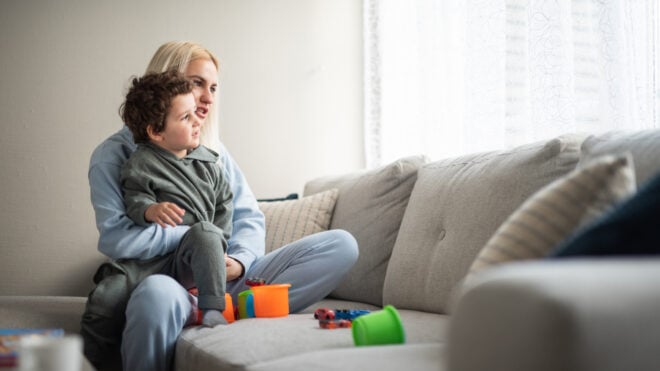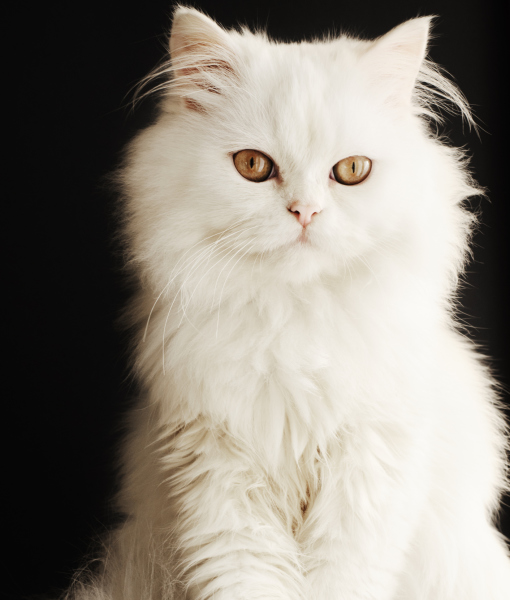
At Mom.me, we love all pets. But there is a special place in our hearts for cats. In an effort to learn more about this beautiful, mysterious and spirited animal, we are exploring the ins and outs of a different cat breed every week. This time around, let's talk about Persians.
Image via Dusica Paripovic via Getty Images
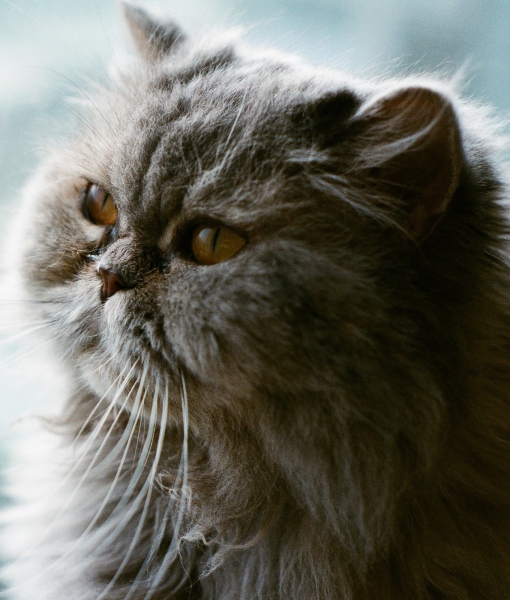
PERSIANS ARE AN OLD CAT BREED
The Persian was first registered with the Cat Fanciers Association in 1871, but there have been records of this breed in Europe since the 1500s. These cats are believed to have originated in Persia (modern-day Iran), living in mountainous areas. A Persian cat's signature long-haired fur is a natural occurrence, while the more extreme features seen on some Persians (flat muzzle, tiny nose) are the result of selective breeding by humans.
Image via [D.Jiang] via Getty Images
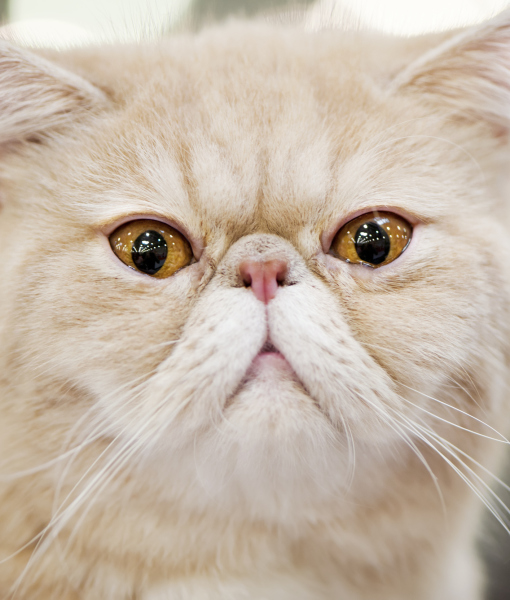
THERE ARE TWO TYPES OF PERSIANS
Persians are either show or traditional. The show Persian has extreme features, such as a flat nose, small ears and big copper eyes. Its body is broad and short with a thick, plume-like tail. The traditional Persian is also known as the Doll Face. Its snout is a normal length and not as "squished" looking as the show Persian's nose. Both types of Persians have long, glamorous coats of fur.
Pictured: Show Persian
MORE: Cat Positions and What They Mean
Image via Nikolay Pozdeev via Getty Images
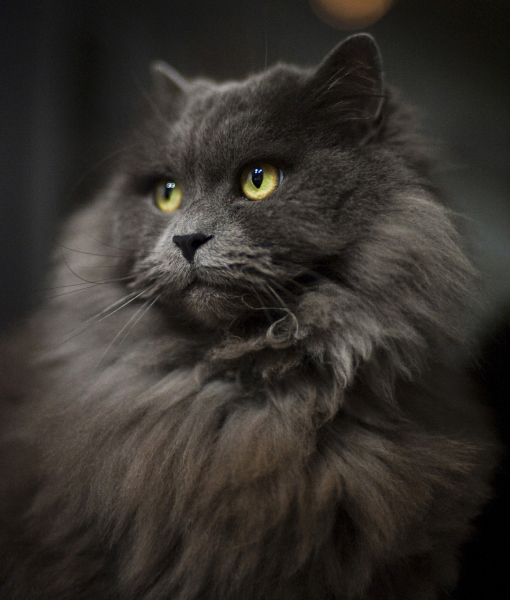
PERSIANS ARE THE MOST POPULAR PEDIGREED CATS
Persians have reigned supreme worldwide for more than 30 years. The Cat Fanciers' Association ranked this breed as the most popular last year, a position it has held for many decades.
Image via Felbert+Eickenberg via Getty Images
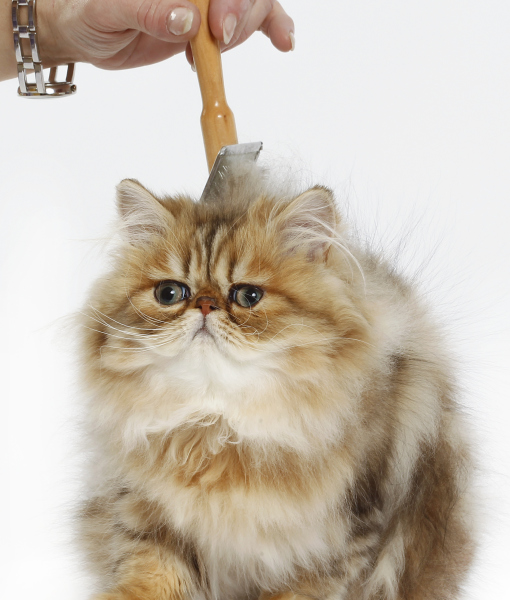
THIS BREED IS A LOT OF WORK
Their silky, shimmery fur is the Persians' most distinguishable feature. However, that luscious coat comes at a cost. The signature long-haired fur requires daily attention, so be ready to make a commitment. This is a breed that requires a lot of maintenance, including daily grooming sessions to prevent the thick fur from matting. Many owners trim the long coat to keep it under control.
Image via Agency Animal Picture via Getty Images
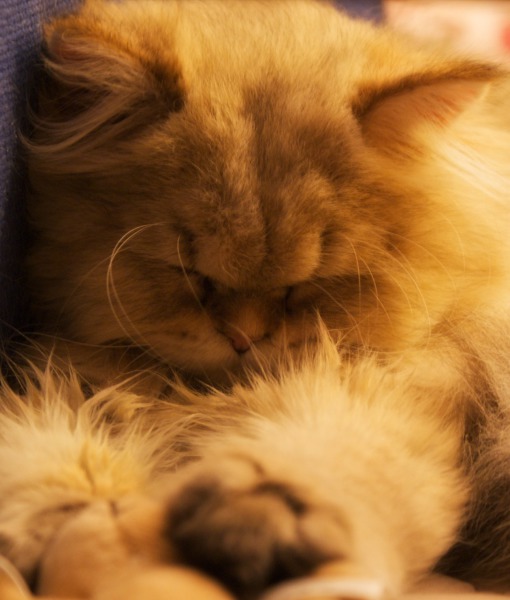
PERSIANS ARE "FURNITURE WITH FUR"
This breed is known for remaining inactive for long periods of time. They are very lazy cats and can spend hours staying in the same place without moving, leading to the nickname of "furniture with fur." Even though Persians are big fans of doing nothing, they still enjoy interaction and playtime, but simply lack the curiosity inherent in other breeds.
MORE: Most Popular Cat Breeds
Image via jing.dong/Flickr
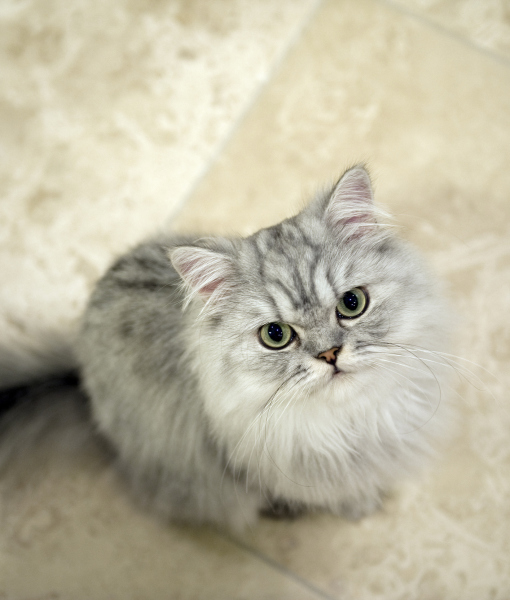
THIS BREED COME IN MANY COLORS
Persians have many different color variations. There are more than 80 different fur colors that occur, including cream, smoke, blue and black. Solid silver is the most popular choice.
Image via kevinjeon00 via Getty Images
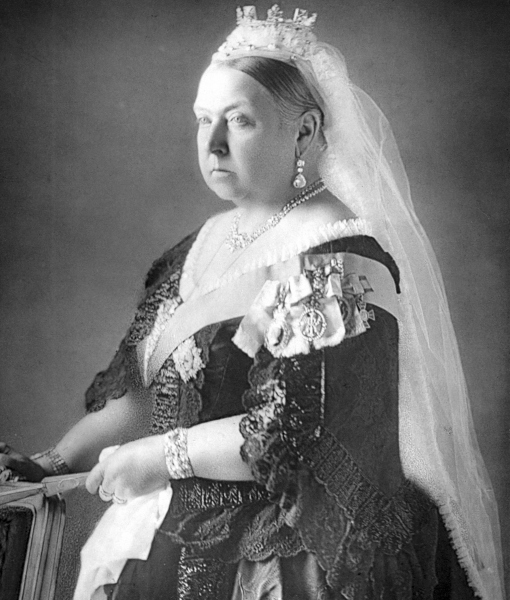
QUEEN VICTORIA HAD TWO BLUE PERSIANS
The famous royal monarch of the United Kingdom was the proud owner of two Blue Persian cats. Queen Victoria was very fond of her felines, which increased this specific type of Persian's popularity in Britain at the time.
Image via Photos.com via Getty Images
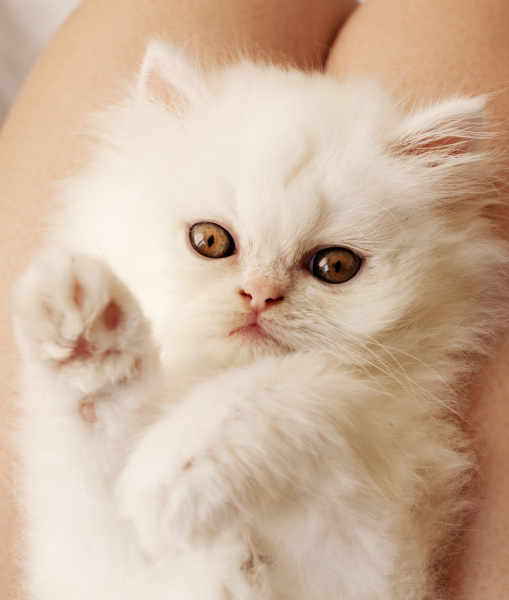
THIS IS THE ULTIMATE "LAP CAT"
Part of the reason why Persians are so popular is because of their gentle temper and sweet disposition. These quiet felines like to cuddle. They prefer a peaceful and predictable environment to match their restful and calm personality, but they can adapt to a noisy household so long as they get the attention they want.
MORE: 10 Cats With Lion Cuts
Image via Dusica Paripovic via Getty Images
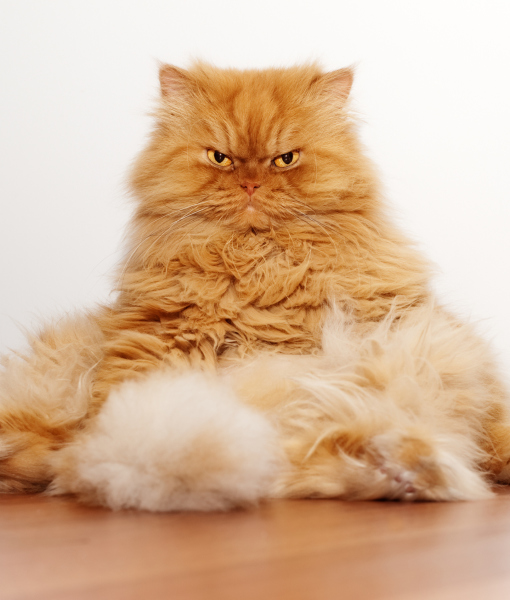
THIS BREED IS NOT ADVENTUROUS
If you own a Persian, you won't find it climbing on your bookcase or attempting to launch itself off your furniture. This is a calm, quiet breed that won't destroy your possessions. It doesn't need constant attention and is perfectly content to curl up on a chair and doze while you are gone. Curtains, counters and cushions are all safe from Persians.
Image via Hulya Ozkok via Getty Images
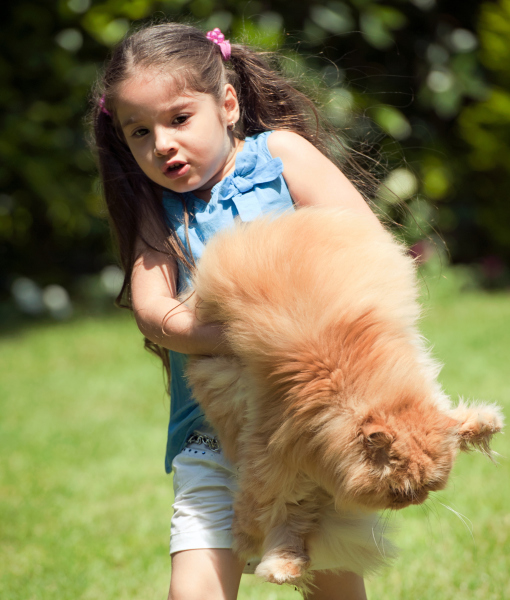
PERSIANS AND CHILDREN DON'T MIX
If there are children in your household, rethink your decision to get a Persian cat. This gentle breed doesn't handle loud noises and constant disruption well, which is a given in a lot of homes with children. Young children can also sometimes accidentally mistreat a Persian if they are not very careful to treat the cat gently. However, if a child is considerate of this breed's needs, then they should get along without a problem.
Image via Hulya Ozkok via Getty Images


